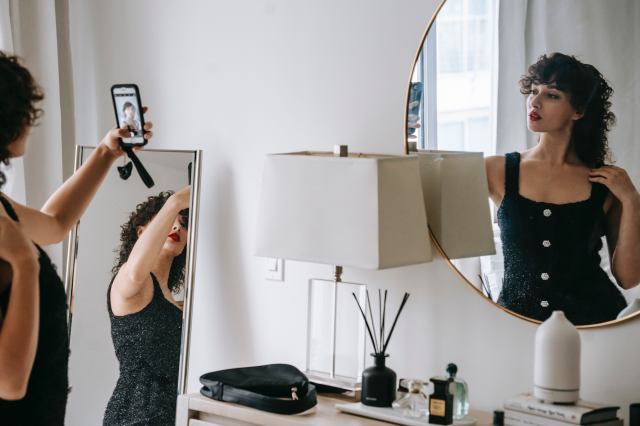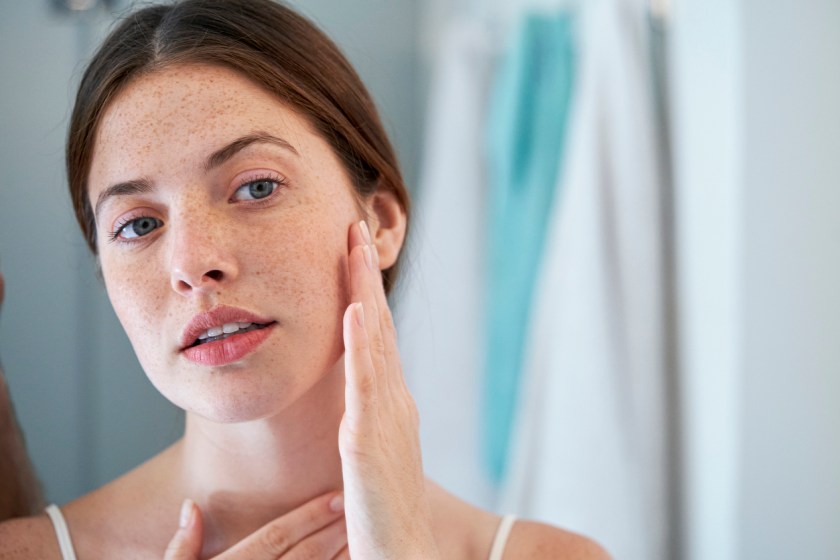How TikTok beauty trends are influencing patients to seek plastic surgery.
Demand for facial plastic surgery has reportedly surged after the American Academy of Facial Plastic and Reconstructive Surgery (AAFPRS) released their results from the 2022 annual member survey, discussing the significant impact that TikTok and other social media platforms have on users who use the online filters to change their facial appearance.
According to the 2021 AAFPRS survey, the increase in demand of facial plastic surgery has had a dramatic increase from 16% to 79% in the last year alone. Whilst using filters to enhance the users appearance has been a top-trend for years, the significant impact that these filters are having on individuals that are now wanting to physically change their appearance using plastic surgery has medical professionals calling for further awareness and action.
Dr Toni Pikoos, a Clinical Psychologist, Researcher & Public Speaker from Melbourne, Australia who frequently consults patients and other individuals who are seeking to undergo plastic surgery, aims to spread awareness of the negative effects that social media can have on self-perception.

“When individuals scroll through images of digitally enhanced or ‘perfect’ faces, they often compare their unfiltered appearance with these images, leading to body image dissatisfaction and a desire to change their appearance to look more like the ideal. In turn, this can lead to people seeking plastic surgery or minor cosmetic procedures hoping to look like edited or filtered versions of themselves, friends or Influencers that they have seen online. This can create heightened and unrealistic expectations for cosmetic treatment outcomes which need to be sensitively managed by the cosmetic practitioner, through patient education and explanation of typical treatment outcomes”.
Dr Toni Pikoos, 2022.
Social media is one of the key societal influences on negative body image, by creating an environment where individuals only post the best photos and videos of themselves, which have often been digitally edited and enhanced. In turn, this creates unrealistic standards of beauty where the digital world begins to look quite different to people in the real world. Algorithms used by social media platforms like Tiktok and Instagram also favour content from creators who meet conventional beauty standards, meaning that viewers tend to see more and more ‘perfect’ faces and less diversity on their social media. Social media filters and editing capabilities have also supercharged the popularisation of particular aesthetics, such as the typical ‘Instagram Face’ with smooth, unblemished skin, high cheekbones and pouting, plumped up lips with these filters remaining imperceptible at first glance.
Read SPA+CLINIC’s latest issue here:
There are 5 ways you can catch up with SPA+CLINIC
- Our quarterly print magazine, delivered to your door. Subscribe here.
- Our website, which is updated daily with its own completely unique content and breaking news.
- Our weekly newsletter – free to your inbox! Subscribe here.
- Our digital magazine – click here to view previous issues.
- Our social media – see daily updates on our Instagram, Facebook & Linkedin




